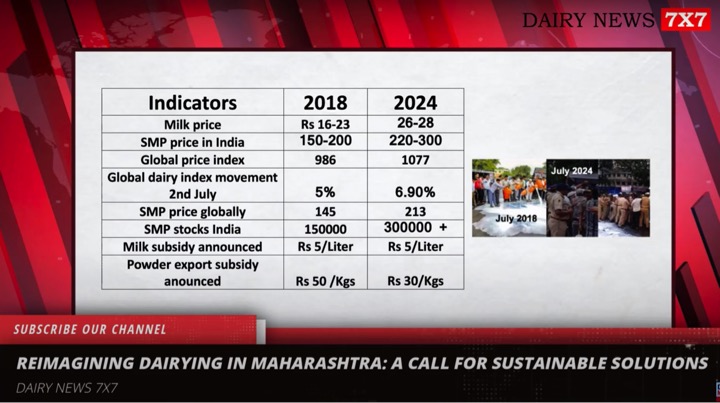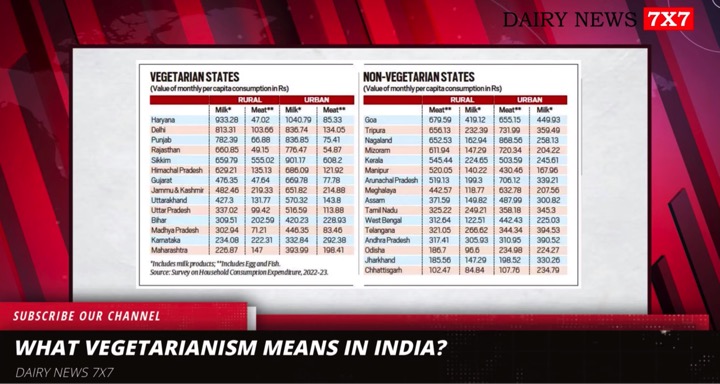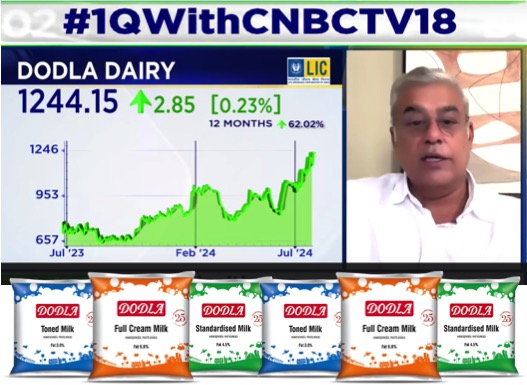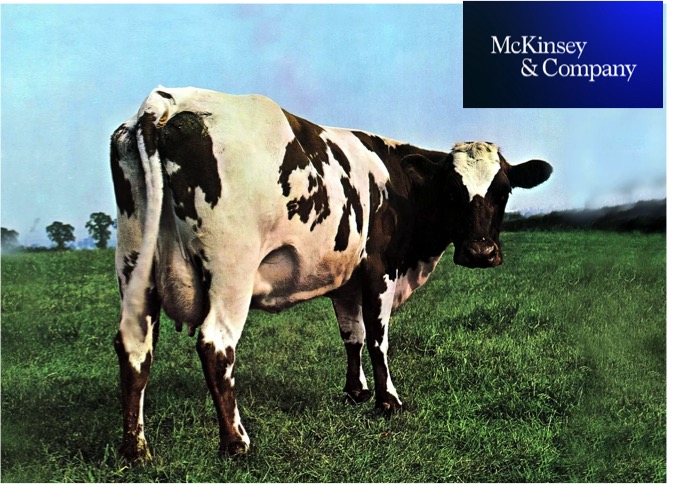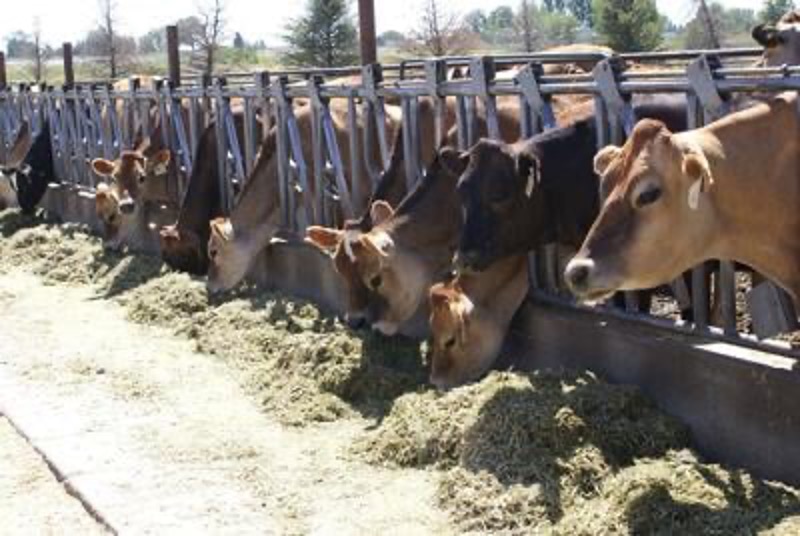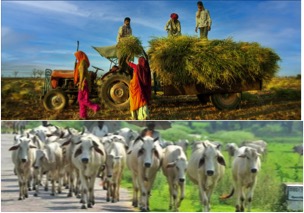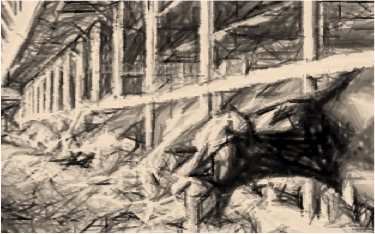During the recent Karnataka elections, one divisive issue was about the milk brand Amul from Gujarat versus local brand Nandini. How did this become an electoral issue? That is because Amul was seen to be muscling into Nandini’s territory. The entrant was identified with the incumbent ruling party and local Nandini’s cause was championed by the opposition. It was also framed as a fight to preserve local identity versus a nationally rolled juggernaut with a Gujarati origin.
Normally a fight between consumer goods brands (whether food or clothing or even milk) would be welcomed by consumers. That’s because it signifies more choice, better quality, and perhaps lower prices. That’s how capitalism works and how companies compete. However, Amul and Nandini are not companies. They are cooperatives of milk producers. The success of a cooperative is not measured by only sales revenues or profits, but how well it serves its members. Since each member is a farmer, the gain to the farmer comes via fetching a higher price for his milk, which he sells to his cooperative. But high procurement price of milk, means lower profits for the cooperative since it is a bulk buyer. That is alright, since in the final analysis, the net gain to the farmer, with higher procurement price (as a farmer member) plus lower profit share (as a shareholder) is superior to max profit and lower procurement price.
Hence whether it is Amul in Gujarat or Nandini in Karnataka it is an emotive issue, not just for loyal consumers but also farmer producers. The success of Amul meant the death of Nandini, and loss to local farmers. That’s why it became an emotive issue in the elections. Amul was able to contemplate going beyond its state borders thanks to an amendment in the Cooperatives Act nationally, which affect multi-state cooperatives. Nandini cannot retaliate by muscling into Amul’s home territory in Gujarat.
The original idea of promoting cooperatives was to protect the interest of small farmers, be they in milk, oilseeds, sugarcane or credit. By pooling their produce they gain more bargaining power vis-à-vis their customers. It is a voluntary association of producers. As per India’s Constitution, the cooperatives are in the states’ list and are supposed the operate within state boundaries. However, in 1984 a Multi-State Cooperatives Societies Act was passed which was later amended in 2002, and most recently in 2022. The most recent amendment makes it easier for cooperatives to expand their national footprint, often to the detriment of local producers of the same commodity.
As such, the growth and expansion of cooperatives in inherently constrained because they cannot raise unlimited capital. In a company, one shareholder can bring in large amounts of capital, become the dominant or majority owner, and pursue growth and call the shots, since the voting rights are proportional to shareholding. Not so in a cooperative. Even with large contribution of capital, no single member can get more than one vote. This creates a disincentive for influx of capital, and hence growth. In that sense cooperatives are the opposite of capitalism. But they have been hugely successful, especially in Gujarat, thanks to the early, pioneering, and visionary leadership of Verghese Kurien. Since milk is a daily production and consumption item, and Kurien’s insistence that the major share of the price of milk flow back to the producer of the milk and not to middlemen or suits running the “company”, the Gujarat Cooperative Milk Marketing Federation became a huge success. Naturally after Kurien it attracted the attention of politicians, since it became a vehicle to grant political patronage. Amul the brand of GCMMF is one of India’s most successful brands, with a turnover of 55,000 crore, ahead of giants such as Hindustan Unilever and Nestle. It is called the “Taste of India”.
Amul’s success has many factors and this space is too limited to describe the entire strategy. It has become a staple of case studies in business schools. Basically it collects milk from millions of small farmers, who get a decent price. And the value added products like ice cream, butter, cheese are managed in a more centralized, and often “corporate” style. These are manufactured in state of the art plants located in many states, and the shelf life of these products is much longer than the plain milk sourced from the farmers. The growth of a super brand also has helped sustain profits and income to its members. There is no danger of a hostile takeover, except perhaps by politicians, which is the bane of all successful cooperatives. The case of sugarcane is interesting. India is the world’s largest producer of sugar, with roughly one third coming from Uttar Pradesh, Maharashtra and Tamil Nadu plus two southern states. However, it is only in Maharashtra that sugar factories continue to be run by cooperatives whereas more than two third of India’s sugar sector is run in the capitalist mode. Of course, this sector does not enjoy the huge success and profitability of Amul and other milk federations. Income of dairy farmers who are members of milk cooperatives grow faster and are more stable than those of sugarcane farmers, or oilseeds. Besides sugarcane is sinking with huger subsidy burden and unpaid dues to farmers.
So Amul’s growth now needs more territories, or operations in other states, and possibly taking away market share of local dairy cooperatives. This was the bone of contention between Nandini and Amul. It is also a proxy for the tension between the cooperative model which cannot grow in an unlimited way, and the capitalist model of shareholder owned company. Cooperatives are essential when the small producers income and livelihoods need some protection, be they in milk or groundnut or oilseeds or even sugarcane. That is why the government has been actively pushing the farmer producer companies’ model which is a hybrid between a cooperative and a capitalist company. But except for the milk sector, the success of cooperatives has been limited. And in milk sector, the success of local milk federations requires that giants like Amul are kept at bay, and not allowed capitalist style “hostile takeovers”. For Amul is not only a Super Brand, globally known, but also a precious success story of homegrown cooperative movement. Nurturing that success story means some constraint on its growth too.







